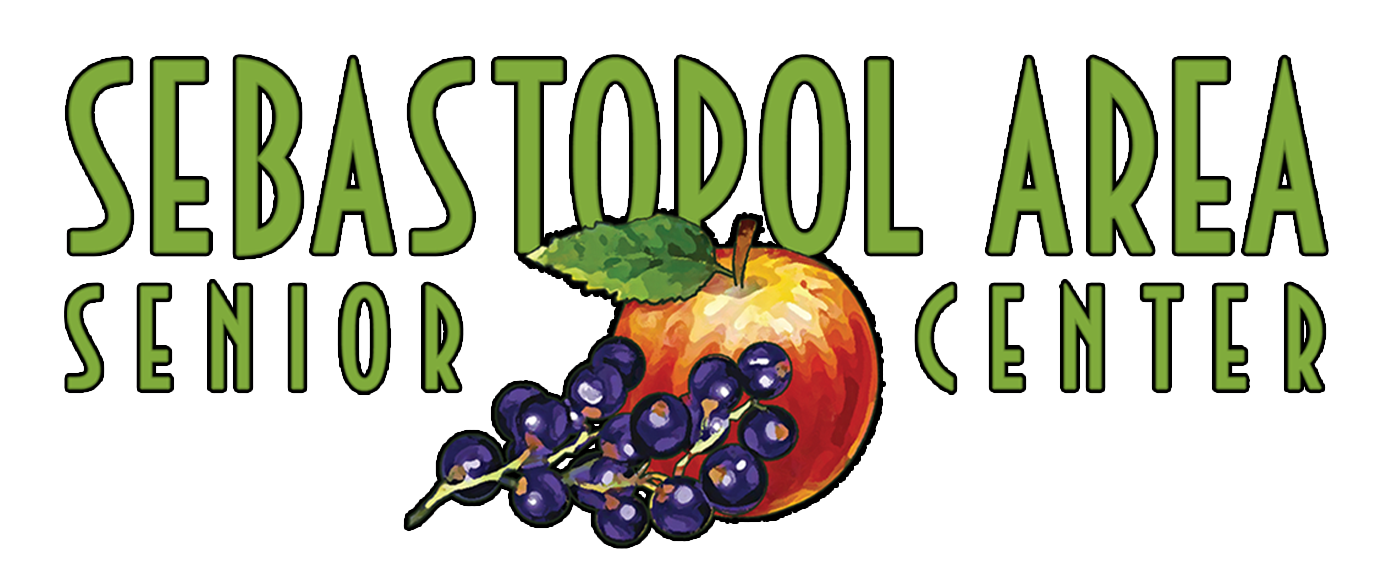
Fall Prevention & Resource Page
Our Fall Prevention Program takes place twice a year!
The Sebastopol Area Senior Center is committed to empowering seniors and promoting active, healthy lifestyles. The Fall Prevention Series is just one of the many initiatives the center has undertaken to support the well-being of the local community.
Did you know that nearly 60% of the calls to the Sebastopol Fire Department are fall-related? Since 2017, the Sebastopol Area Senior Center has been proactively addressing this issue by organizing a fall prevention committee and implementing a plan to reduce falls in the community. Julie Smith, recently retired Physical Therapist and Lead Fall Prevention Leader at the Senior Center said, “developing the evidence-based balance classes at the Senior Center has provided a foundation for expanding our services to include more diverse and impactful offerings of activities related to falls, with the help of a team of retired and practicing medical professionals.”
The center has grown its offerings from balance classes twice a week to a wide range of programs, including virtual balance classes, seated balance classes, bi-annual lecture series, fall risk screenings, medical foot care, Tai Chi, and partnerships with the Sonoma County Area Agency on Aging's Matter of Balance Program, as well as an array of other exercise and fitness programs.
We are so fortunate to have Julie Smith of Sebastopol, a retired physical therapist and one of our SAIL instructors, leading our Senior Center’s Health Advisory Committee. The Committee is comprised of local medical professionals (Sandra Bodley, Sally Gallo, John Johnson, Allan Bernstein, Annette Shearer & Mitch Savitsky) that share the Senior Center’s mission of stimulating healthy, happy and mobile elders living in the community for as long as possible. Every member shares a passion about keeping people aged 60 and over as healthy as possible. The program takes place twice a year!
VIDEOS FROM 2024 FALL PREVENTION SERIES
Falls can be prevented
These are some simple things you can do to keep yourself from falling. Sourced from CDC website
Make Your Home Safer
Get rid of things you could trip over.
Add grab bars inside and outside your tub or shower and next to the toilet.
Put railings on both sides of stairs.
Make sure your home has lots of light by adding more or brighter light bulbs.
Keep items you use often in cabinets you can reach easily without using a step stool.
Use non-slip mats in the bathtub and on shower floors.
Talk to Your Doctor
Ask your doctor or healthcare provider to evaluate your risk for falling and talk with them about specific things you can do.
Ask your doctor or pharmacist to review your medicines to see if any might make you dizzy or sleepy. This should include prescription medicines and over-the counter medicines.
Do Strength and Balance Exercises
Do exercises that make your legs stronger and improve your balance. Tai Chi is a good example of this kind of exercise.
Have Your Eyes Checked
Have your eyes checked by an eye doctor at least once a year, and be sure to update your eyeglasses if needed.
If you have bifocal or progressive lenses, you may want to get a pair of glasses with only your distance prescription for outdoor activities, such as walking. Sometimes these types of lenses can make things seem closer or farther away than they really are.
Videos from our 2023 Lecture Series
Facts About Falls
Each year, millions of older people—those 65 and older—fall. In fact, more than one out of four older people falls each year, but less than half tell their doctor. Falling once doubles your chances of falling again.
Falls—and the injuries and deaths they cause—are increasing. Learn how you can prevent falls. Learn more
Falls are a threat to the health of older adults and can reduce their ability to remain independent. However, falls don’t have to be inevitable as you age. You can reduce your chance of falling or help a loved one prevent falls. There are proven ways to reduce and prevent falls, even for older adults. We identify older adults as anyone 65 years and older.
Falls among adults 65 and older caused over 34,000 deaths in 2019, making it the leading cause of injury death for that group.
In 2019, the emergency department recorded 3 million visits for older adult falls.
Older adult falls cost $50 billion in medical costs annually, with 3/4 paid by Medicare and Medicaid.




